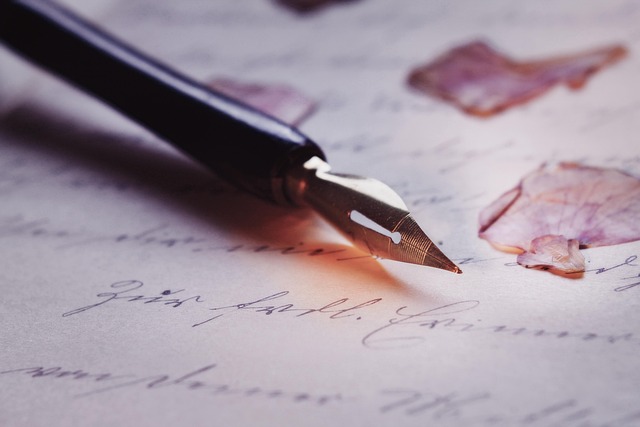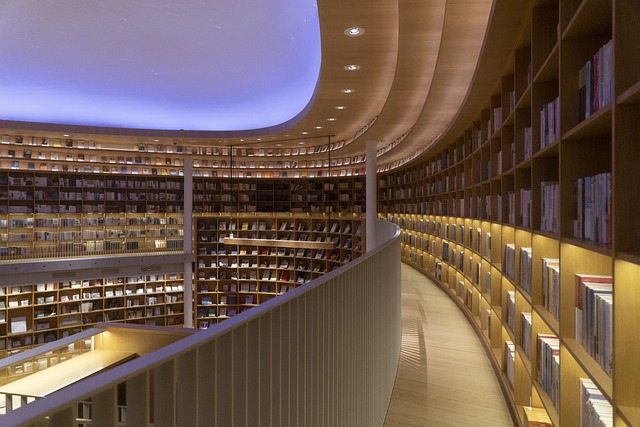The Art of Design: Exploring Calligraphy Fonts in Applied Arts
Within the vibrant realm of applied arts, few elements evoke emotion and aesthetic appeal quite like calligraphy fonts. These artistic scripts transcend their functional purpose, transforming words into visually captivating experiences. Calligraphy represents the delicate balance between creativity and utility, where each stroke of the pen tells a story, inviting viewers to pause and appreciate the artistry involved.
As an art form, calligraphy has flourished for centuries, bending and swirling to embrace various cultures and techniques. From the elegant curves of traditional Western calligraphy to the dynamic strokes of East Asian scripts, calligraphy fonts embody a rich tapestry of history and personal expression. The beauty of these fonts lies not only in their appearance but in their ability to communicate emotion and intent, breathing life into the written word.
In design, calligraphy fonts serve as powerful tools that can set the tone for any project. Whether used in invitations, logos, or branding elements, they carry a weight and sophistication that can elevate even the simplest of messages. The organic nature of calligraphy fonts brings warmth and personality, bridging the gap between art and function. This connection is essential in applied arts, where the fusion of visual appeal and practical application is paramount.
The process of designing with calligraphy fonts is an exploration in itself. Designers often delve into the intricacies of each letterform, experimenting with spacing, alignment, and color to achieve a harmonious composition. This meticulous attention to detail reflects a deep respect for the craft and an understanding of its impact on the viewer’s experience. A well-designed piece, infused with calligraphy, can evoke nostalgia, joy, or even inspire action—achievements that underscore the transformative power of design.
Moreover, in an age dominated by digital typography and automated font generators, the allure of calligraphy stands firm. The handmade quality of calligraphy fonts resonates with audiences seeking authenticity in a world of mass production. The uniqueness of each letter, the subtle imperfections, and the organic flow contribute to a tactile experience that digital fonts often lack. This is why many designers are returning to traditional calligraphy techniques, blending them with modern applications to create stunning works that respect the past while embracing the future.
In the sphere of applied arts, calligraphy pulls from both historical significance and contemporary relevance. Graphic designers, artisans, and mixed media artists alike find inspiration in the fluidity of its forms. Each font has the potential to convey a brand’s personality or an artist’s message. This versatility allows calligraphy fonts to be seamlessly integrated into various contexts—be it fashion, home decor, or event design—creating a distinct style that captivates audiences.
As we explore the intricate world of calligraphy fonts, we realize that they serve as a bridge connecting traditions with modern aspirations. The meticulous craft of calligraphy reflects patience and dedication, values that resonate deeply in our fast-paced society. By bringing the artistry of hand-lettering to life, we honor the spirit of creativity while enhancing the visual landscape in which we live and work. Thus, the exploration of calligraphy fonts in applied arts becomes a celebration of this timeless art form, reminding us of the beauty and significance that lies in every stroke.




